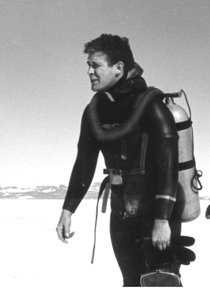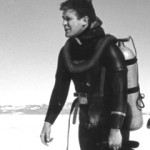10) Natural communities are enormously complex, often governed by networks of positive and negative indirect interactions. (complexity, indirect effects)
9) Multiple factors and processes interact to influence community assembly, including competition, predation, facilitation, recruitment, disturbance, physiological stress, patch dynamics, and succession. (multifactoralism)
8) The relative importance of various factors is highly context dependent. (AKA it depends…)
7) Recruitment limitation is important! (supply side ecology)
6) Disturbance can prevent competitive exclusion, maintaining diversity.
5) You don’t need R, Github or even a computer to do transformative science.
4) Pattern quantification and experimentation go hand in hand. One without the other doesn’t get you nearly as far as combining them does.
3) Natural history (local knowledge of a system and its inhabitants) is crucial to interpreting empirical results.
2) Experimental ecology is a very powerful tool.
1) Paul Dayton is badass.
 The image above is of Paul, about to dive beneath the ice in McMurdo Sound, Antarctica, I believe in the early 1970s. The link to Dayton 1971 at the ESA website is here.
The image above is of Paul, about to dive beneath the ice in McMurdo Sound, Antarctica, I believe in the early 1970s. The link to Dayton 1971 at the ESA website is here.

Leave a Reply